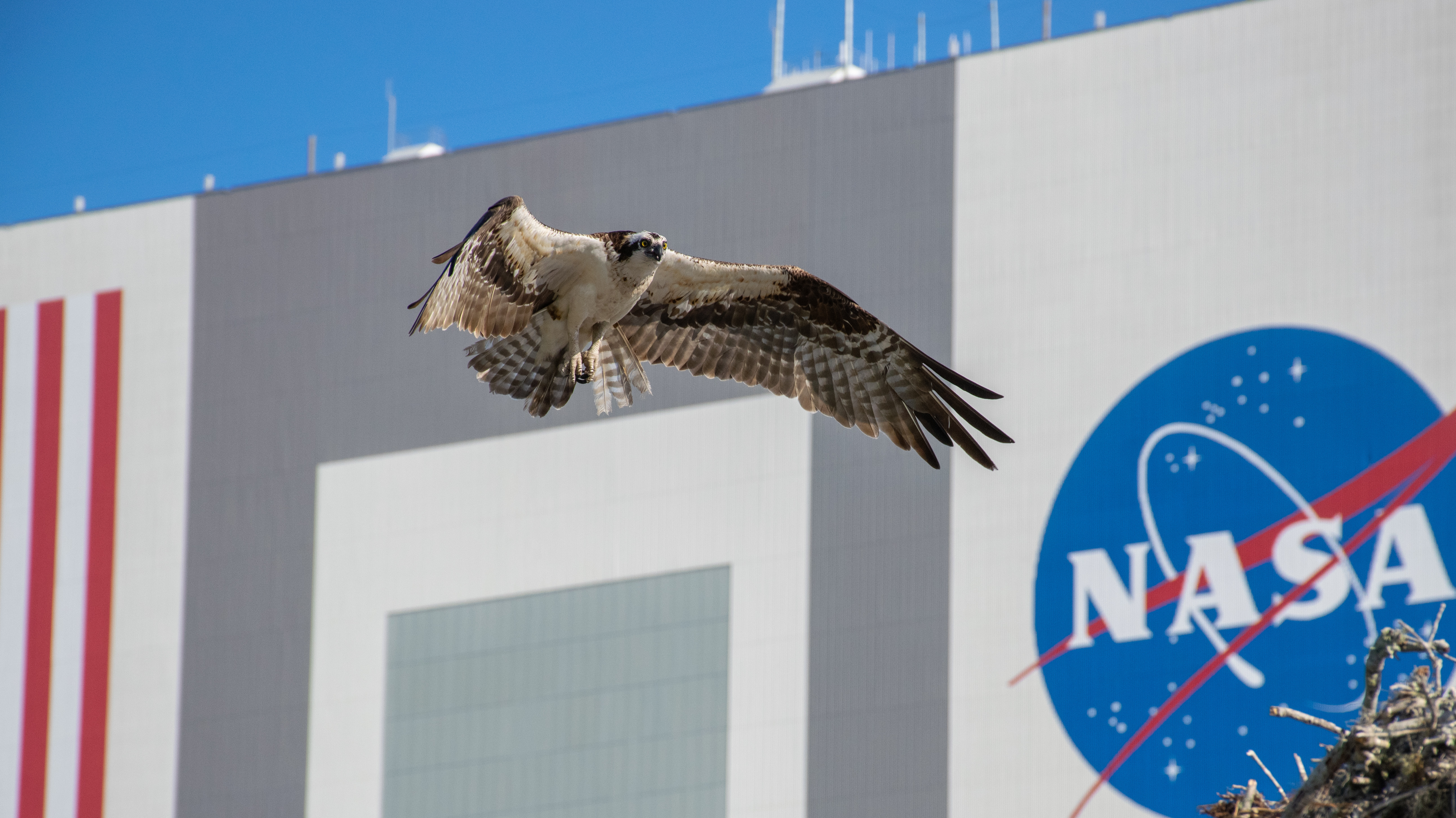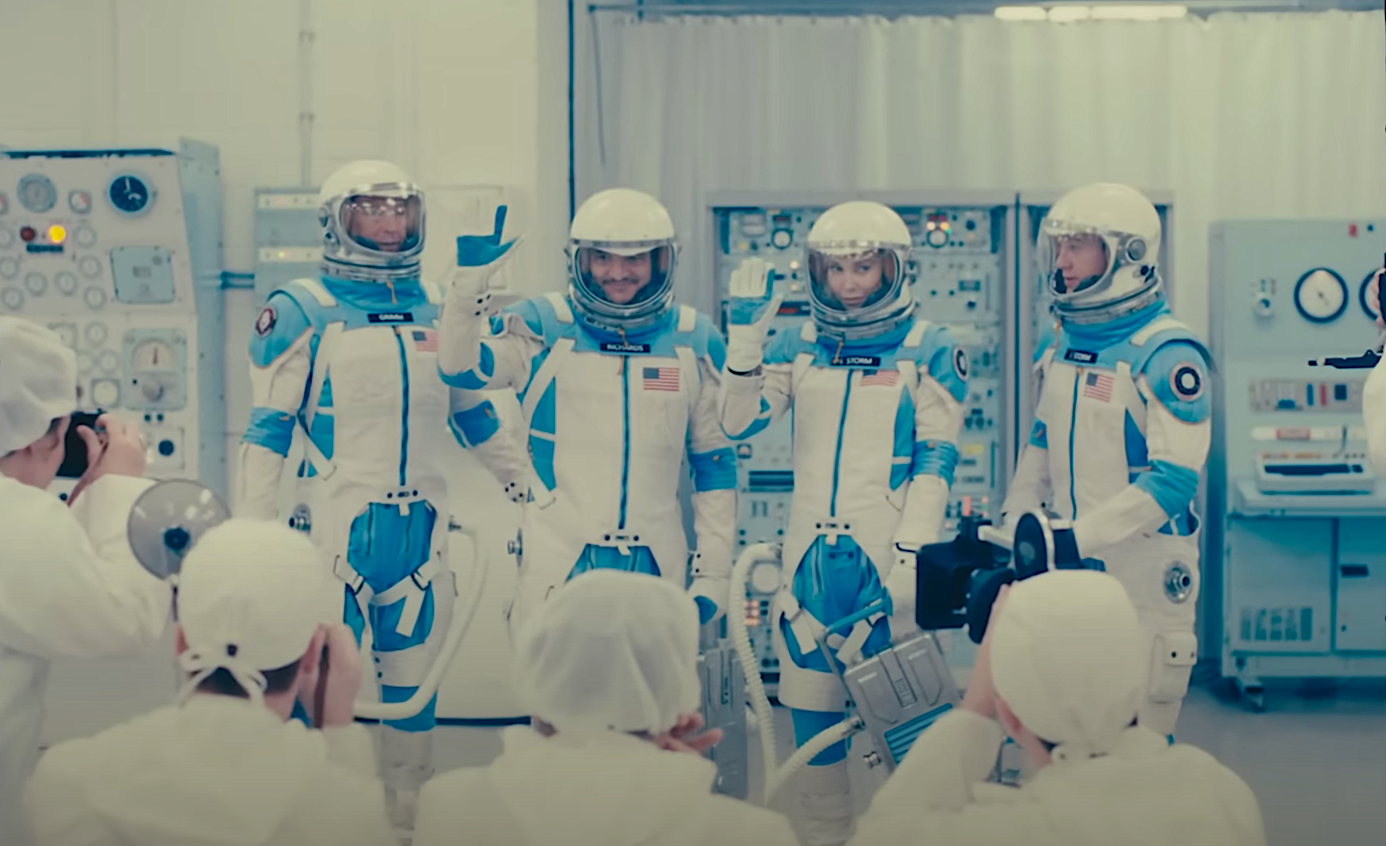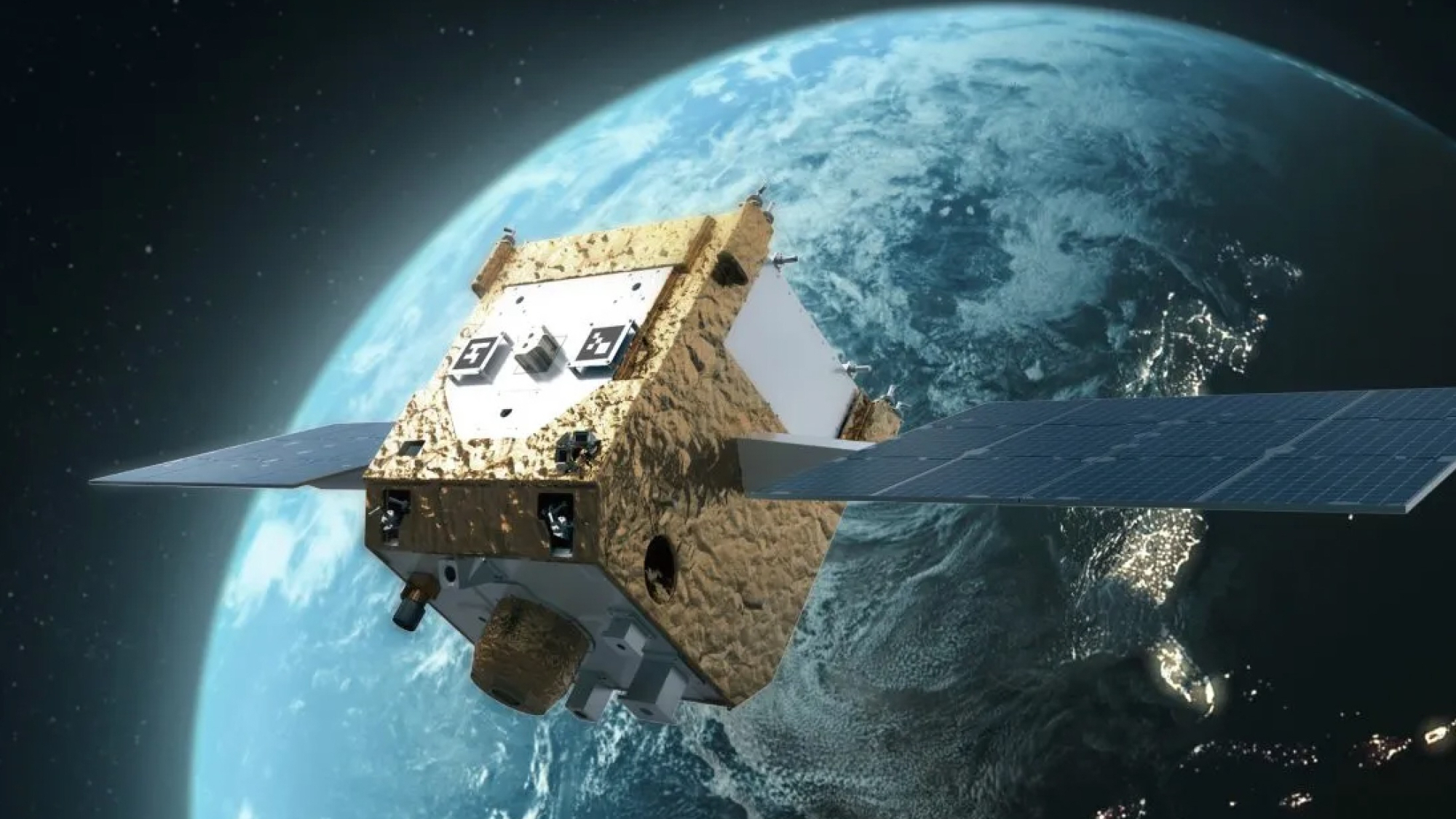
Meet Endurance, a pioneering NASA moon rover designed to survive the frigid lunar night
"Endurance is a mission that pushes the envelope."
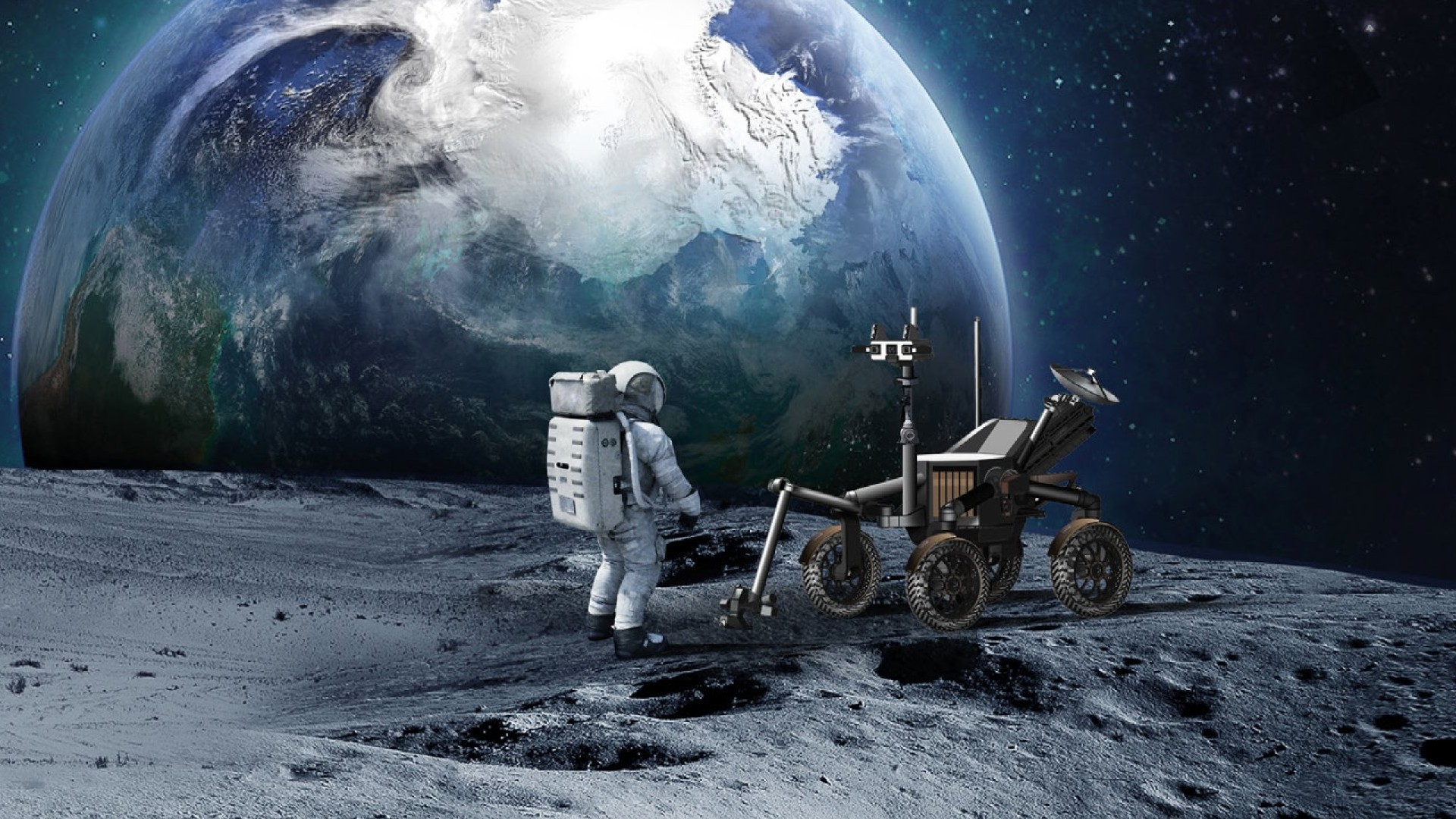
It is robotic moon machinery on steroids.
Tagged as the Endurance sample return mission, it would collect bits and pieces from key lunar locations for later retrieval by future astronauts in NASA's Artemis program. Furthermore, high-value collectibles snagged from those distant spots would be hauled back to Earth by astronauts.
NASA has begun blueprinting the Endurance rover to traverse the gigantic South Pole–Aitken (SPA) basin, a lunar wonderland of promising geological surprises. Endurance would be an unprecedented undertaking.
High priority
Putting emphasis on building Endurance was the prestigious National Academies of Sciences, Engineering, and Medicine in its report, "Origins, Worlds, and Life - A Decadal Strategy for Planetary Science and Astrobiology 2023-2032."
Billed as a strategic medium-class mission, it was given the highest priority within NASA's Lunar Discovery and Exploration Program (LDEP).
Two variants of Endurance were submitted for Decadal deliberation: Endurance-R (R for "Robotic") would deliver samples to a separately landed robotic Earth Return Vehicle (ERV).
Endurance-A (A for "Astronaut") would deliver the sample cache to Artemis astronauts near the lunar south pole. The crew would analyze and triage the samples, and return a subset to Earth for analyses in terrestrial laboratories.
Get the Space.com Newsletter
Breaking space news, the latest updates on rocket launches, skywatching events and more!
In its lengthy journey, a dozen key sites would be reached and then studied by rover instruments with select lunar specimens collected.
Pushing the envelope
At the Jet Propulsion Laboratory (JPL), technical studies are underway to assess mobility options for a SPA sample return mission.
From a robotics standpoint, just how challenging is such an undertaking and how best to draw from rover missions of the past and those now underway?
James Keane is a JPL research scientist and was the science champion for the Endurance mission concept study.
"Endurance is a mission that pushes the envelope," Keane told Space.com.
At the moment, NASA's Mars rover Perseverance is the most advanced rover in operation, Keane said. "Endurance would drive roughly 100 times further, drive far faster, and collect roughly 200 times more sample mass than Perseverance. Endurance would also be the first planetary rover to drive at night. This is a mission with a scope that we've never attempted before," he said.
Investments in autonomy
While these are big leaps in robotics, these capabilities have really been enabled by Mars rovers and investments in autonomy back here on Earth.
"Perseverance, for example, is already doing autonomous driving on Mars," said Keane. "This autonomy lets Perseverance accomplish more science, and reach more interesting sample sites.
Endurance would drive at a clip some ten times faster than Perseverance, taking into account the maximum speed the rover would have to autonomously navigate, Keane said. The machine would need to autonomously operate, and drive across the full lunar day-night cycle, he added, under a broader range of lighting conditions and thermal extremes.

Diverse samples
As a primary goal, the Endurance to-do list is collecting geologically diverse samples from sites across the enormous South Pole-Aitken basin.
"The central challenge with this is that SPA is huge," said Keane. It's the largest impact basin on the moon, over 1,200 miles (2,000 kilometers) across. The key sample sites are often separated by hundreds of kilometers.
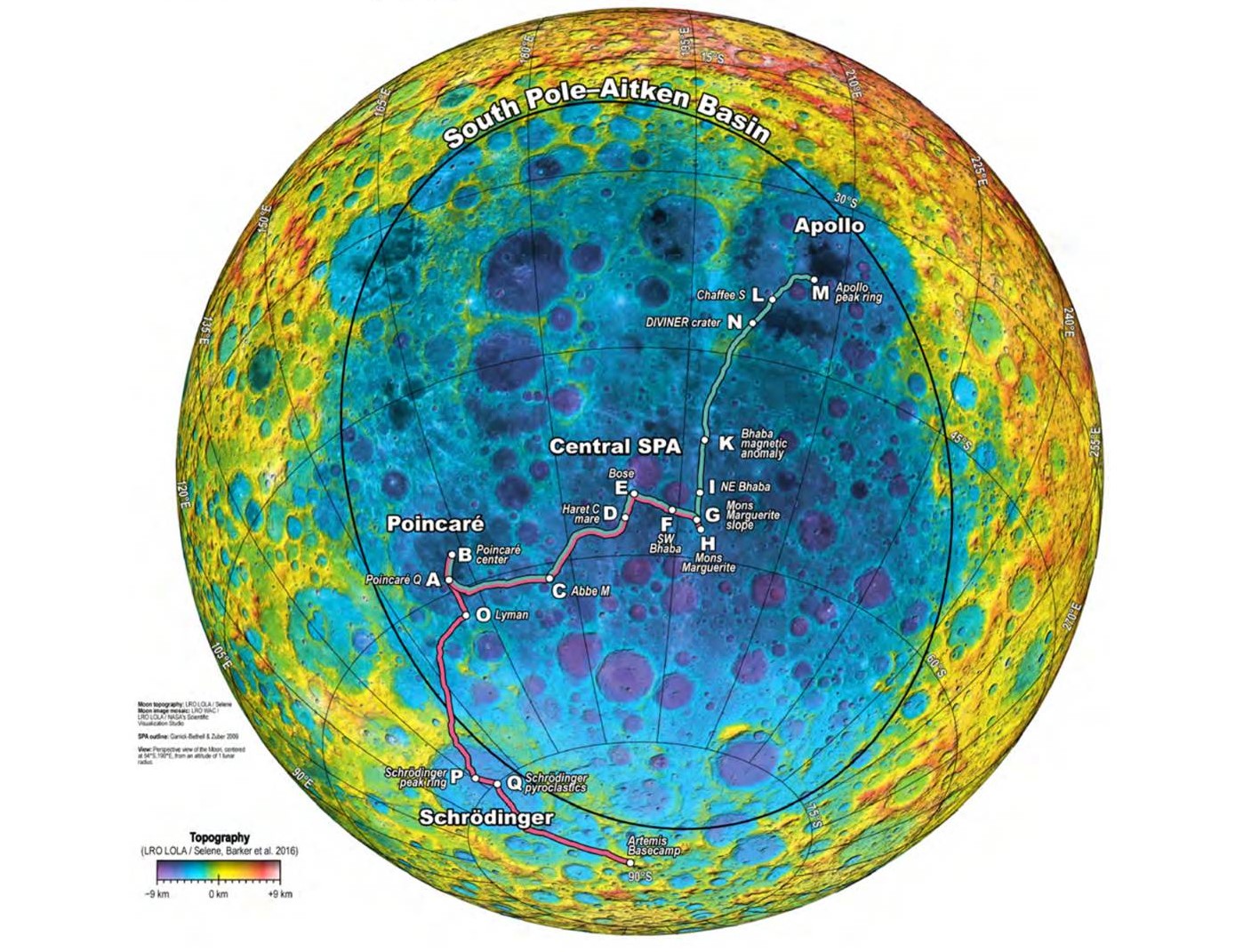
"Contrast this to craters we've roved on Mars," Keane pointed out. SPA is 12 times larger than Gale crater, the home of NASA's Curiosity Mars rover, and 44 times larger than Jezero crater, where Perseverance is roaming.
"To drive this extreme distance in a reasonable amount of time — all while on the farside of the moon with limited surface data and outside of direct communications to Earth — really requires autonomous driving between sample sites," Keane continued.
Reasoning and decision-making
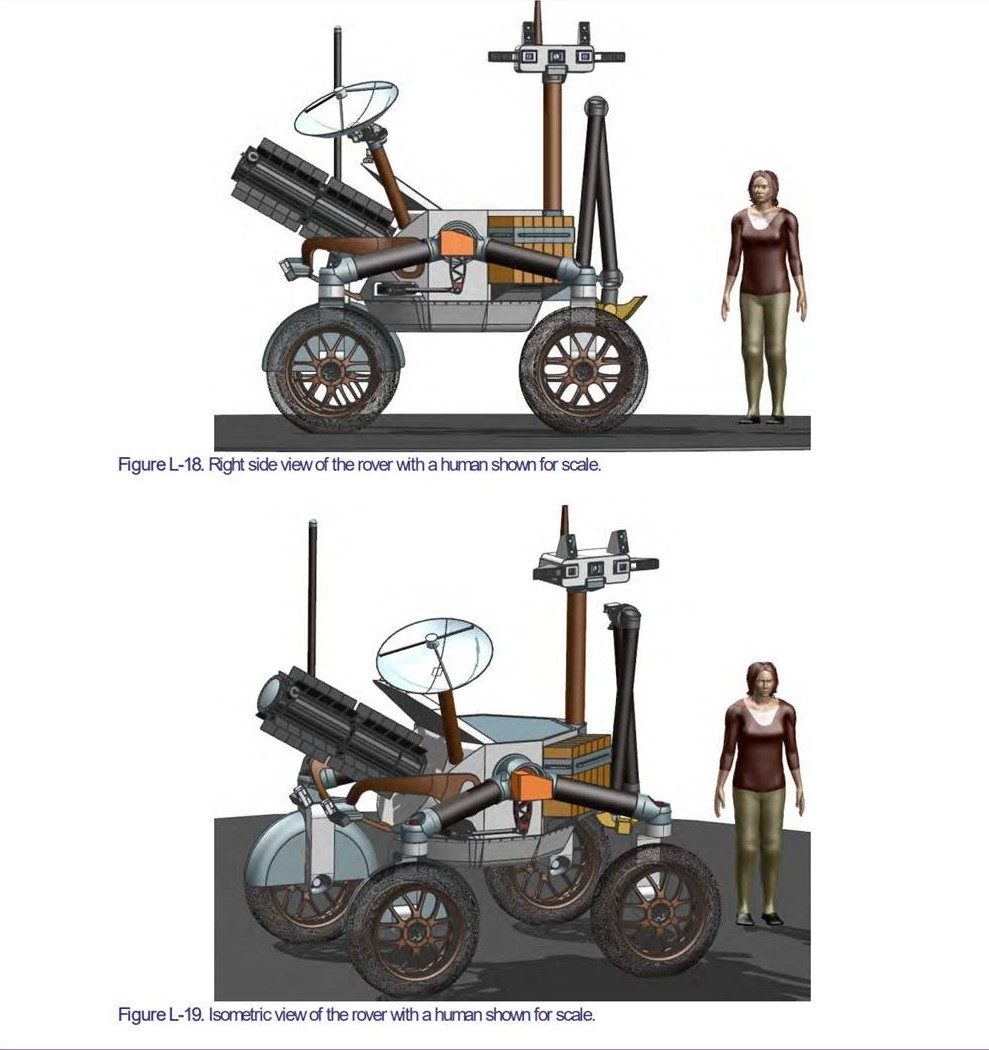
Once Endurance arrives at sample sites, researchers expect to operate in more traditional "ground-in-the-loop" modes so that scientists on Earth can investigate those sites and collect samples.
Operation teams here on Earth would also be engaged in strategically planning and adjusting the route of Endurance at a much lower cadence per distance traveled. In addition, Earth controllers would also monitor rover telemetry to track performance and component degradations of the robot — and adjust the plan accordingly.
Nevertheless, the rover would have a greater degree of onboard autonomy for situational assessment, reasoning, and decision-making, Keane said. That involves on-duty work for long durations under challenging lighting and thermal conditions than prior missions, he said.
Endurance operators would also be engaged in assessing and handling faults across this long journey across the vast gigantic South Pole–Aitken (SPA) basin.
"The outcome of all this is an unprecedented level of planetary surface productivity," Keane concludes.
Prioritized science goals
Meanwhile, while scoping out the technical and procedural challenges that Endeavor would face is underway, NASA's Science Mission Directorate is kicking off the South Pole-Aitken Basin sample Return and eXploration (SPARX) Science Definition Team (SDT).
SDT's task is to provide an analysis on prioritized science objectives and requirements and different implementation approaches for a mission dedicated to snag and bag SPA return samples.
"The SDT's analyses will be used by NASA to inform decisions on the prioritized science goals and implementation of a near-term SPA Sample Return and Exploration mission," through both human and/or robotic implementation paths, NASA Headquarters tells Space.com.
This SDT is anticipated to kick-off in the first quarter of 2025 and last 12-18 months.
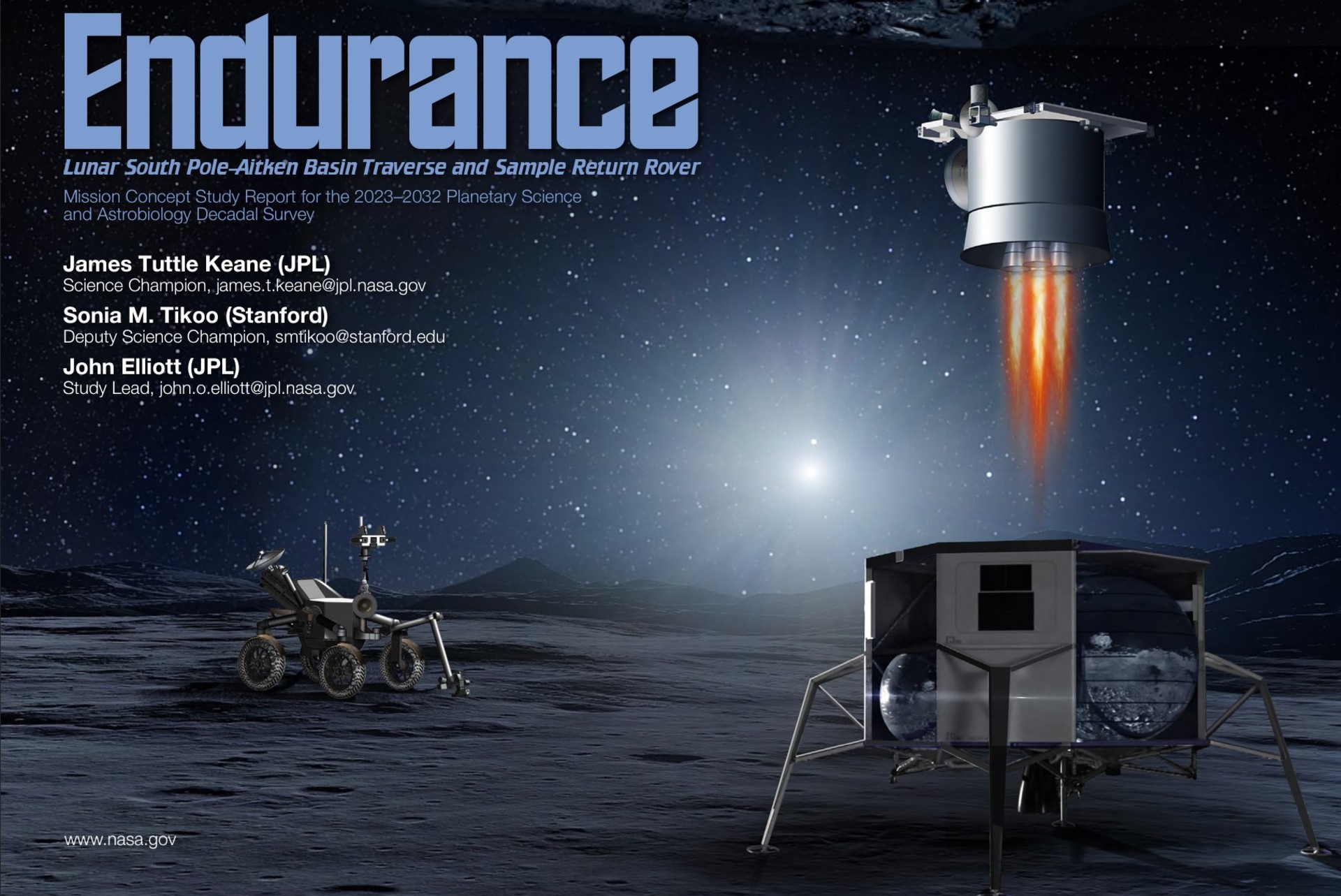
Wanted: "moon moola"
There's no doubt that extensive travel around the SPA is a tough assignment. But so too is finding the "moon moola" to carry out the task.
"The Endurance rover concept requires a rover never designed before for the harsh lunar environment," said Clive Neal, a leading moon exploration specialist at the University of Notre Dame in Indiana.
Neal told Space.com that Endurance is being considered as a directed mission through the Lunar Discovery and Exploration Program (LDEP).
That program also currently funds NASA's Commercial Lunar Payload Services (CLPS) initiative, the soon-to-launch Lunar Trailblazer, the already operating Lunar Reconnaissance Orbiter (LRO), along with the space agency's now-in-limbo Artemis lunar rover, the Volatiles Investigating Polar Exploration Rover, or VIPER, advised Neal.
Budget, program concerns
"The complexity of the rover required for a successful mission, the collection of SPA samples, will require most if not all of the LDEP budget for the foreseeable future," said Neal. "While the science return is huge, so is the cost, which will dwarf that spent on VIPER," he said.
Bottom line from Neal: "I can't see it being implemented in a way to ensure success through LDEP. It requires its own mission budget wedge otherwise we can say goodbye to the CLPS program."
Ironically, Neal observed, cost overruns by VIPER that would have jeopardized other CLPS missions have been cited as the reason for canceling that particular rover mission.
"I can see history repeating itself here," Neal concluded.
For detailed information on the rover, see NASA's document titled "Endurance: Lunar South Pole-Aitken Basin Traverse and Sample Return Rover."
Join our Space Forums to keep talking space on the latest missions, night sky and more! And if you have a news tip, correction or comment, let us know at: community@space.com.

Leonard David is an award-winning space journalist who has been reporting on space activities for more than 50 years. Currently writing as Space.com's Space Insider Columnist among his other projects, Leonard has authored numerous books on space exploration, Mars missions and more, with his latest being "Moon Rush: The New Space Race" published in 2019 by National Geographic. He also wrote "Mars: Our Future on the Red Planet" released in 2016 by National Geographic. Leonard has served as a correspondent for SpaceNews, Scientific American and Aerospace America for the AIAA. He has received many awards, including the first Ordway Award for Sustained Excellence in Spaceflight History in 2015 at the AAS Wernher von Braun Memorial Symposium. You can find out Leonard's latest project at his website and on Twitter.
-
Russianwolfe Remote Control Devices seem to be the way to explore the solar system. Elon Musk has shown that it is possible to capture a landing craft. Maybe the Endurance should be able to capture a landing craft to send more sample back to earth.Reply -
Meteoric Marmot Program it to hunt for valuable minerals (gold, diamond, etc.) and the budget issues will go away. ;)Reply




